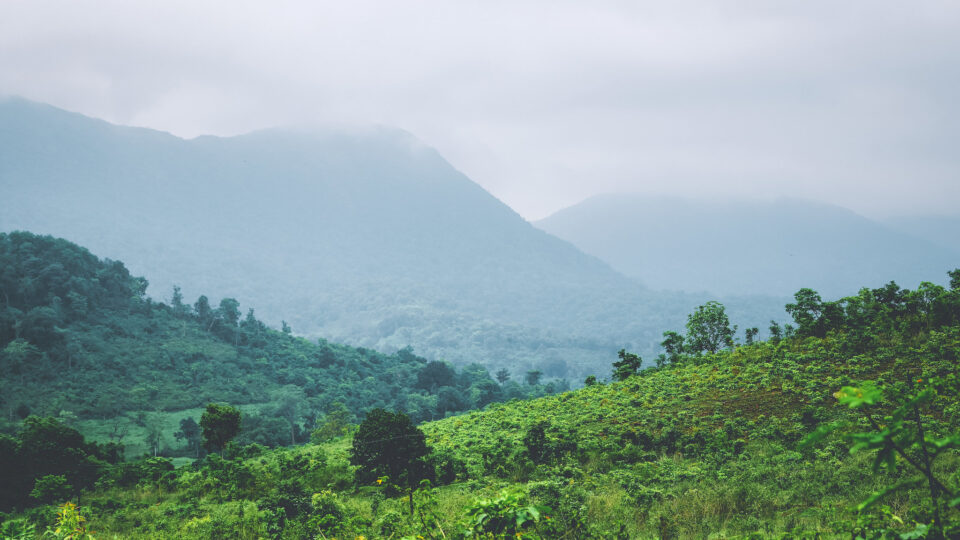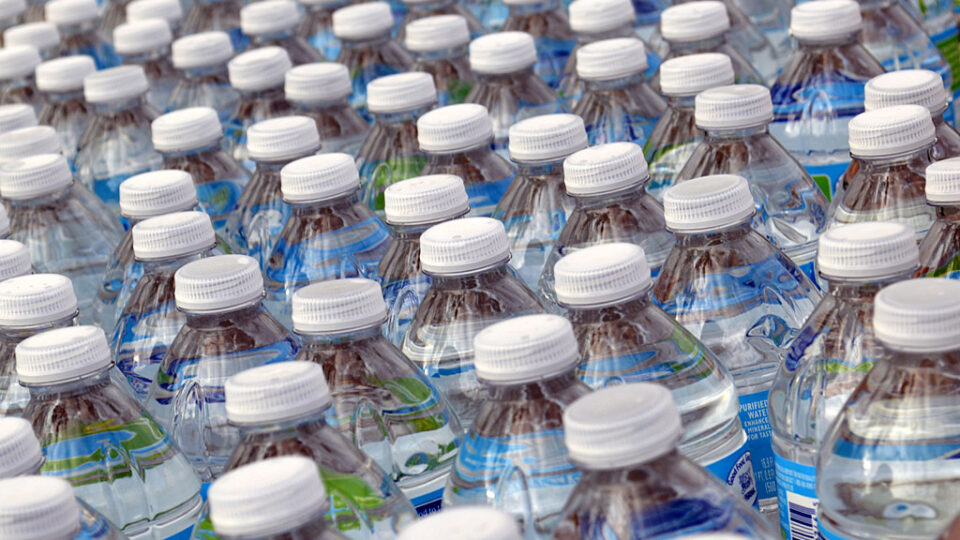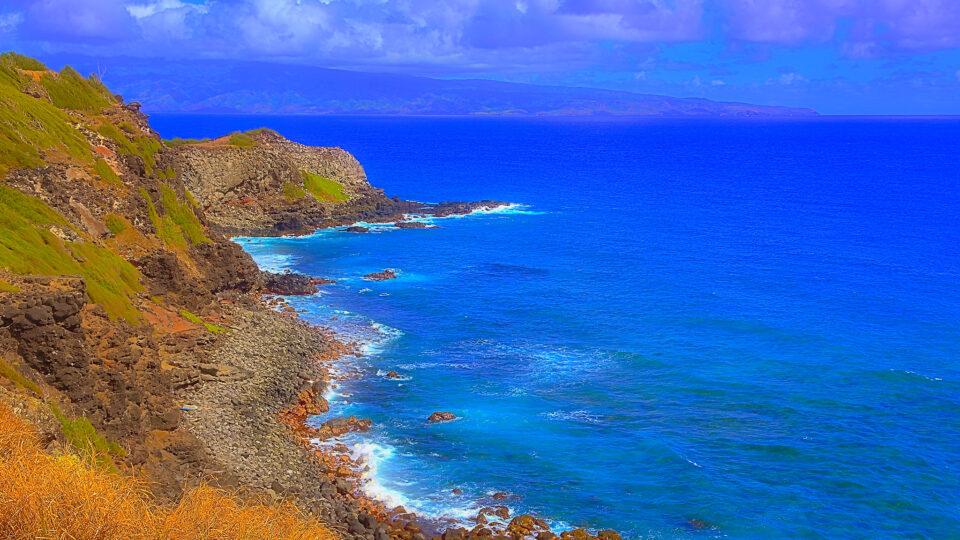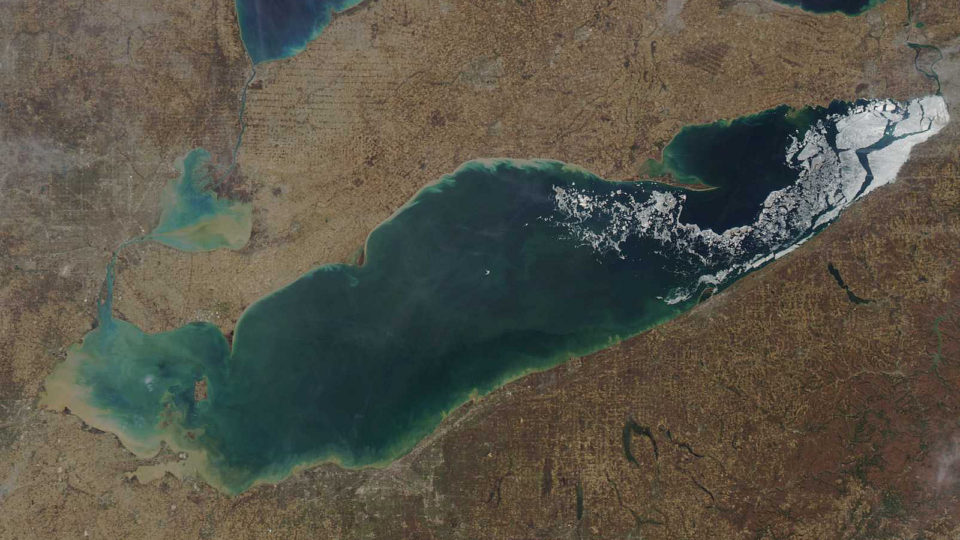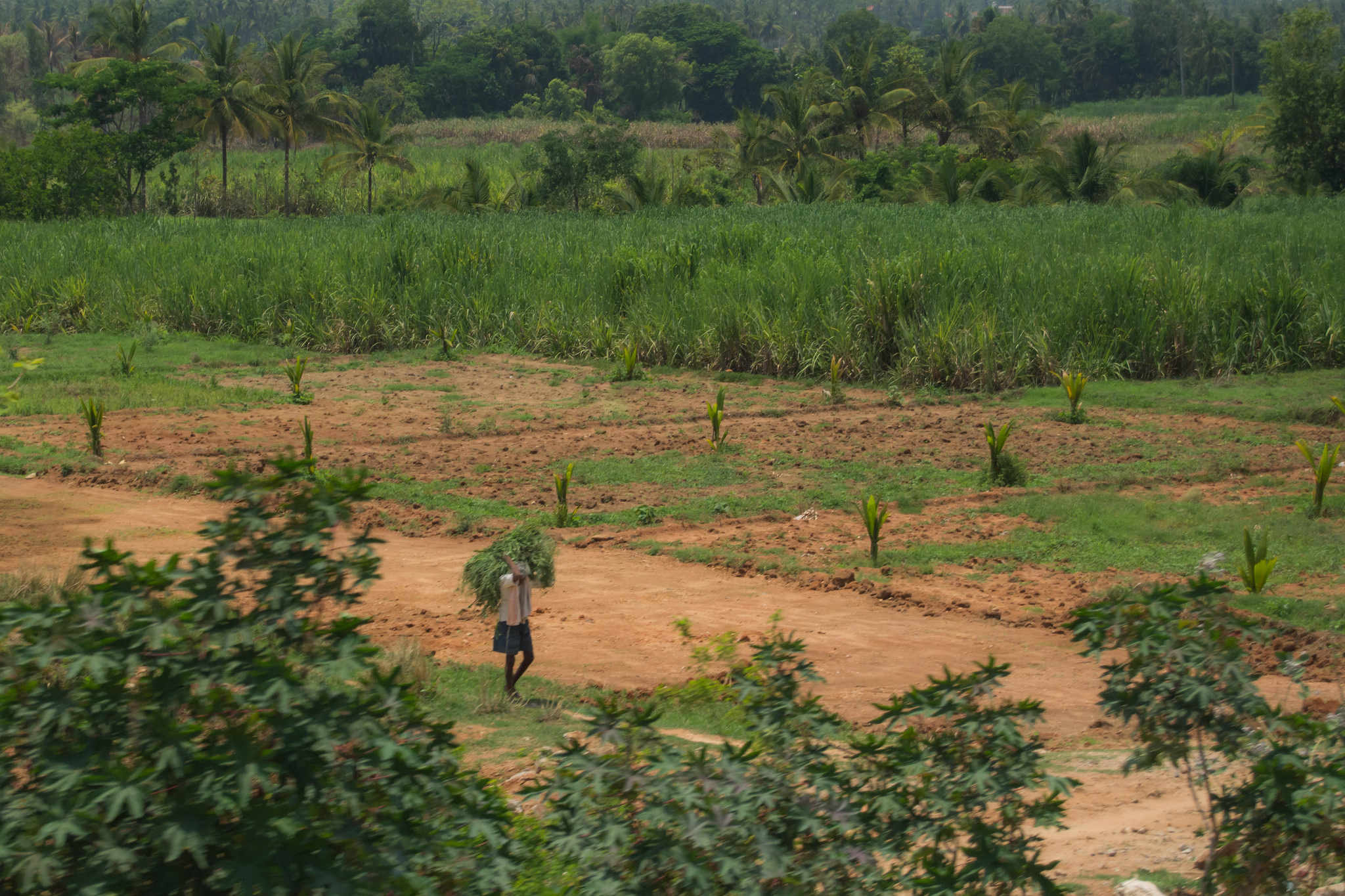Researchers at the University of South Australia have designed a self-sustaining solar-driven system that turns seawater into fresh water and grows crops without any involvement. In theory, such a system could help address the growing problems of freshwater shortages and inadequate food supplies as the world’s population continues to increase.
The system can be described as a vertical floating sea farm. It is made up of two chambers: an upper layer similar to a greenhouse and a lower chamber for water harvesting.
Clean water is supplied by an array of solar evaporators that soak up seawater, trap the salts in the evaporator body and, heated by the sun, release clean water vapor into the air which is then condensed on belts that transfer the water into the upper plant growth chamber.
The researchers tested the system by growing broccoli, lettuce and bok choi on seawater surfaces without maintenance or additional clean water irrigation. The system was powered entirely by solar light.
The design is only a proof-of-concept at this point. The next step is to scale it up using an array of individual devices to increase plant production.
The futuristic potential for such technology would be huge farm biodomes floating on the ocean. The UN estimates that by 2050, nearly 2.5 billion people are likely to experience water shortages while the global supply of water for irrigation is expected to decline by 19%. Nearly 98% of the world’s water is in the oceans. Harnessing the sea and the sun to address growing global shortages could be the way to go.
**********
Web Links
Floating sea farms: a solution to feed the world and ensure freshwater by 2050
Photo, posted February 11, 2015, courtesy of Ed Dunens via Flickr.
Earth Wise is a production of WAMC Northeast Public Radio



